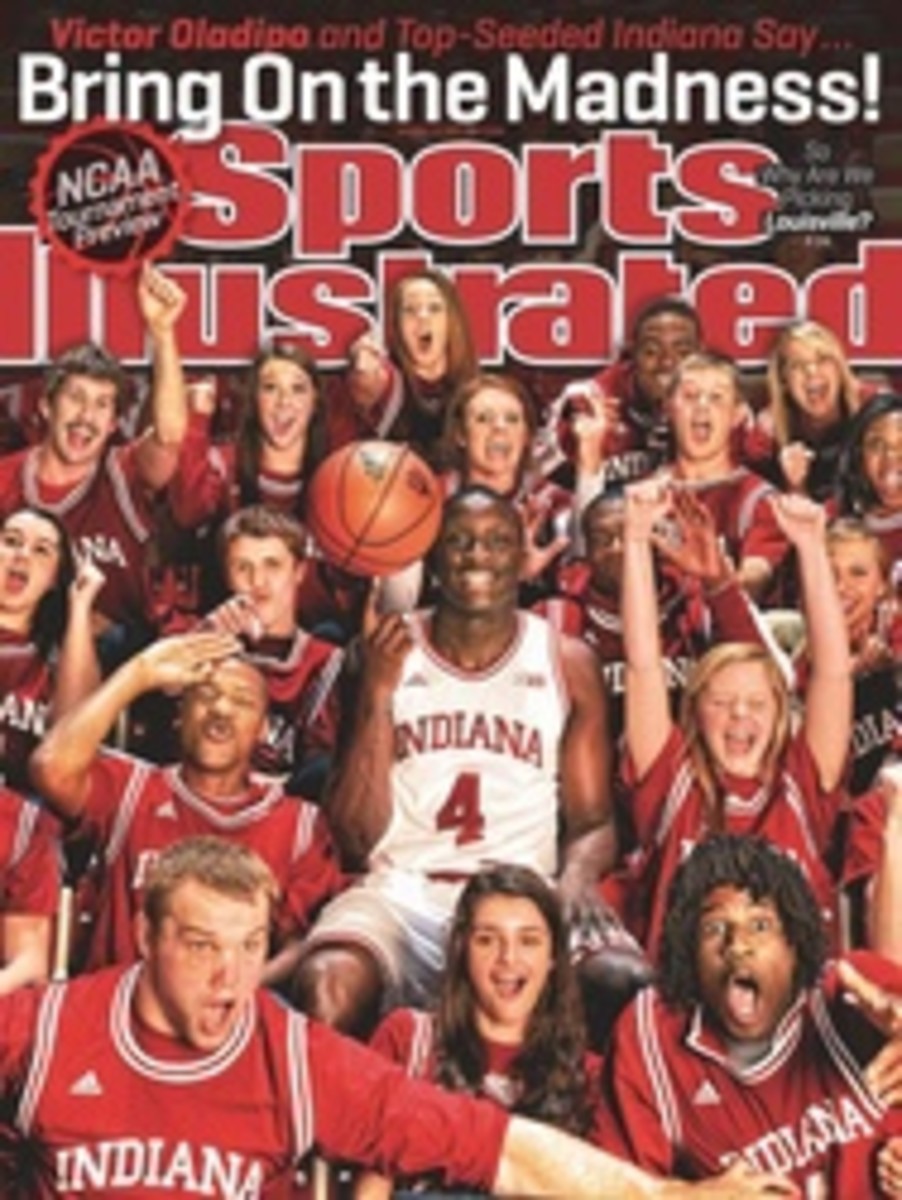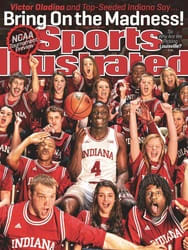
The NFL Gets Pennywise
A subtle yet potentially seismic shift occurred in the NFL last week, when for the first time in recent memory no team signed a player to an exorbitant contract in the first few days of free agency. True, the cash given to former Steelers wideout Mike Wallace by the Dolphins (five years, $60 million) was conspicuously above the market—especially since it reportedly included $30 million in guaranteed money—but more representative was the deal the Falcons struck with free-agent running back Steven Jackson (three years, $12 million, with only $4 million guaranteed). Paying up front, it would seem, has taken precedence over paying later, in both real money and cap space.
Previously, teams operated under a buy-now-pay-later philosophy, doling out large signing bonuses whose salary-cap impact could be spread over the life of a contract. Such deals gave teams flexibility, but if the player failed to perform and was released before the end of the contract, the team not only would have sacrificed the up-front signing bonus—the guaranteed portion of the contract—but also would take a salary-cap hit because the proration on the bonus would come due immediately. In February 2009 defensive tackle Albert Haynesworth signed a seven-year, $100 million deal with the Redskins that secured up to $41 million in guarantees. At the time it was the richest contract ever signed by a defensive player. But after two turbulent seasons, Washington, having already paid Haynesworth $35.6 million, traded him in July '11 to the Patriots for a fifth-round pick in this April's draft.
Splashy deals within the first few days—if not hours—of free agency are hard to ignore. But the payoffs are a mixed bag. Last year defensive end Mario Williams signed a $100 million deal with the Bills that included $50 million in guarantees. While he had a creditable 10½ sacks, Buffalo finished with the same 6--10 record it had the previous season. In 2011 the Eagles rewarded cornerback Nnamdi Asomugha with $25 million in guaranteed money on a five-year, $60 million pact. Last week Philadelphia released him but still owes the free agent $4 million, which will count against the team's cap this year, no matter where he signs.
With smaller guarantees and higher salaries, teams feel the pinch in the short term but have greater control of their roster in the long run. "I don't call it a shift in thinking, I call it education," says one team executive, speaking on the condition of anonymity. "Eventually it's starting to get into peoples' brains that a player isn't a better player because you pay him more money. More and more teams are establishing a narrow range of maximum value, and if the player gets out of that range, you drop out. You will live without him."
The hard line was inevitable because the salary cap—which had increased by an average of 8% a year since its introduction in 1994—remained almost unchanged for the second straight season ($123 million in 2013 versus $120.6 million in '12). That isn't a problem for teams such as the Bengals (room under cap when free agency began: $54 million) that took a conservative long-range view and planned for the bubble to burst. Those that failed to prepare for a flattening of the cap, however, are up against its ceiling and have had to release players and restructure contracts to stay in compliance. The Giants, with only $3.1 million in cap room, had to let running back Ahmad Bradshaw go.
Another reason this off-season has been light on free-agent frenzies is that the Cowboys and the Redskins, notorious big spenders, are basically sitting out the spring because the NFL penalized them $10 million and $36 million, respectively, in cap space in 2012 and '13 for ignoring league warnings not to dump salary into the uncapped 2010 season. "In the past too many teams were willing to get caught up in the I-have-to-have-this-player mind-set," said an executive. "The reality is that outside of the quarterback and a handful of true difference makers, you can live without him."
The Broncos, under second-year salary-cap specialist Mike Sullivan, are among the teams subscribing to the pay-as-you-go mantra. In March 2012 they signed free-agent quarterback Peyton Manning to a five-year, $96 million deal that included a first-year salary of $18 million (after passing a physical last week, the 37-year-old Manning will earn $20 million in each of the next two seasons) and last week inked former New England wideout Wes Welker, 31, to a two-year, $12 million contract that includes only $7 million in guarantees. The deals stand in sharp contrast to the six-year, $61.5 million contract (including $43 million guaranteed) Denver gave to defensive end Elvis Dumervil in '10. The Broncos wanted to reduce his salary this year, but when Dumervil's agent did not file the proper paperwork to accept the new contract in time, the team released him. But Dumervil will still cost Denver $4.89 million against the cap this year.
What's known around the negotiating table as "cash over cap" spending—actual dollars spent in excess of the salary cap—appears to be trending downward, a sign that teams are no longer using signing bonuses to bend the rules. According to figures from the players' association, teams spent 116% of the cap in 2011 but only 105% last year. The percentage is expected to decrease again this year.
"A lot of teams are figuring out the model of sustained success," says one G.M. "The question will be, can they maintain patience year after year? My guess is not."
SIGN OF THE APOCALYPSE
Eighty-six tons of dead catfish, sea bass, yellowtail and tilapia choked the Rodrigo de Freitas lagoon in Rio de Janeiro—site of the 2016 Olympic rowing competition—after pollution depleted the water's oxygen level.
PHOTO ILLUSTRATION
ILLUSTRATION BY DARROW
PHOTO
SERGIO MORAES/REUTERS (FISH)

